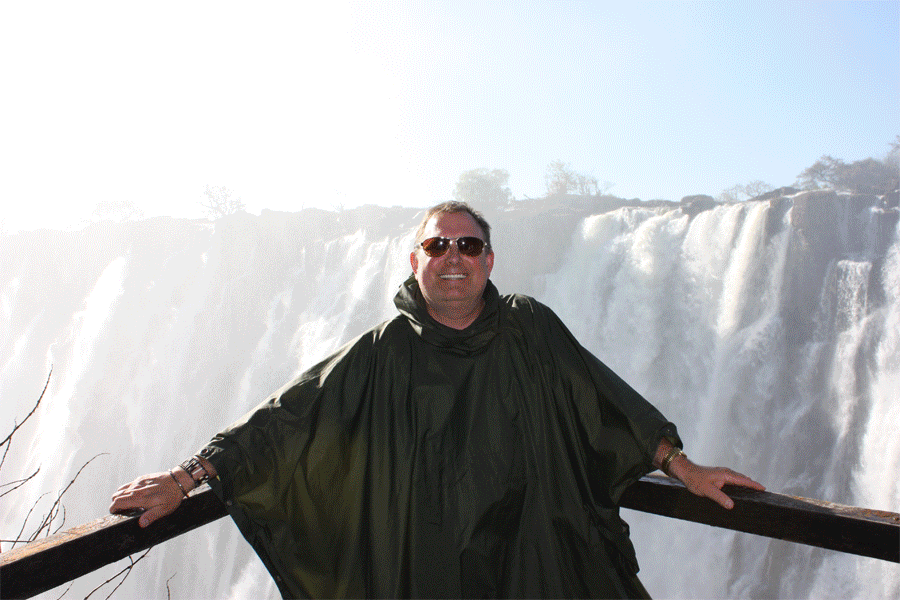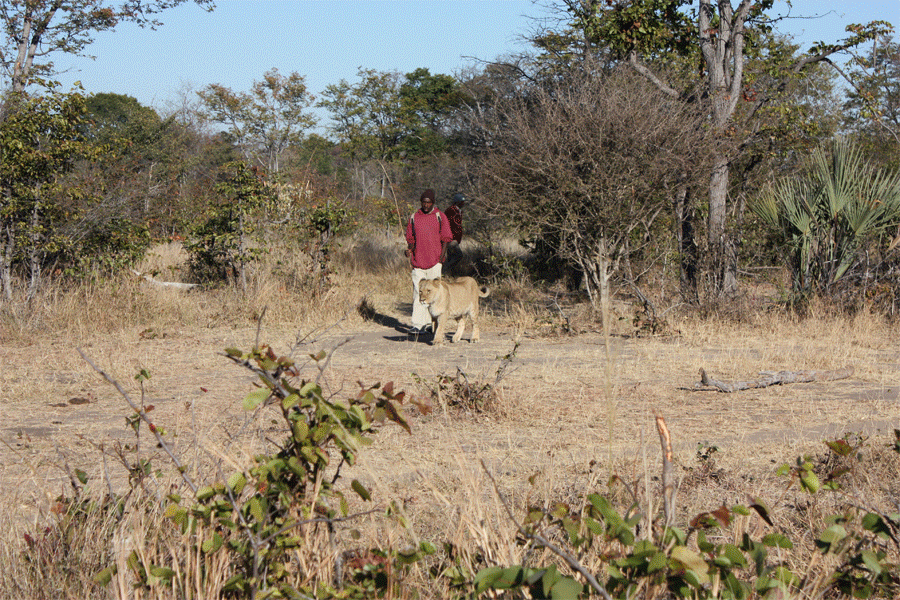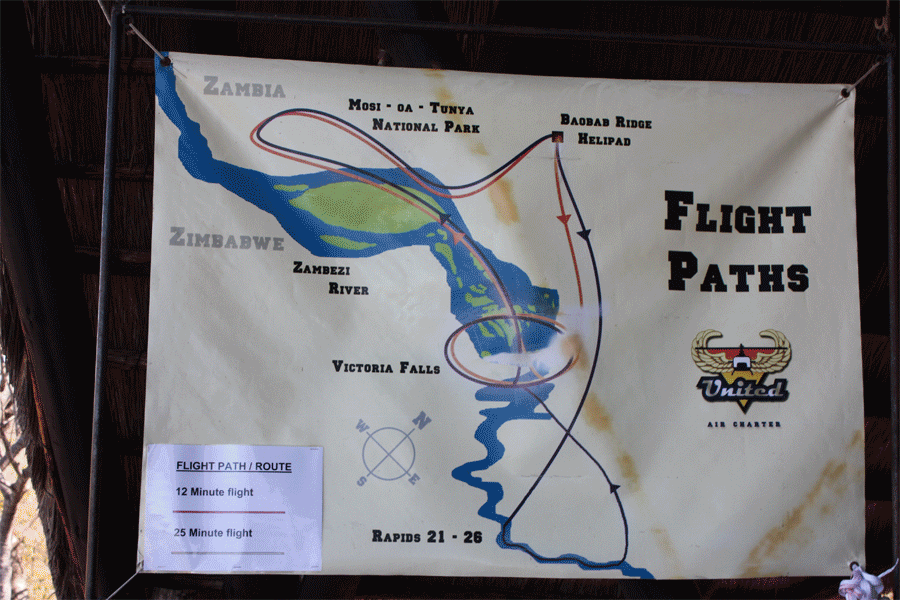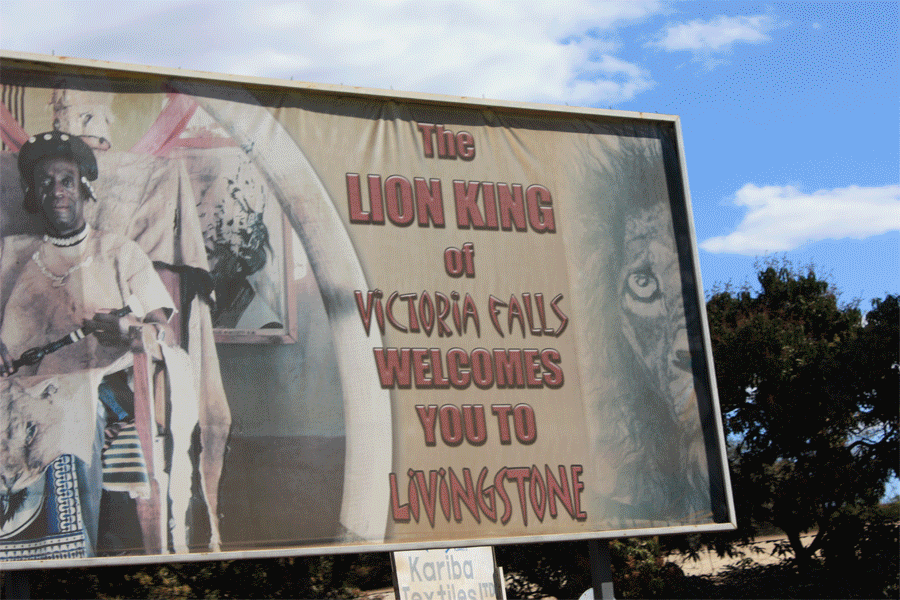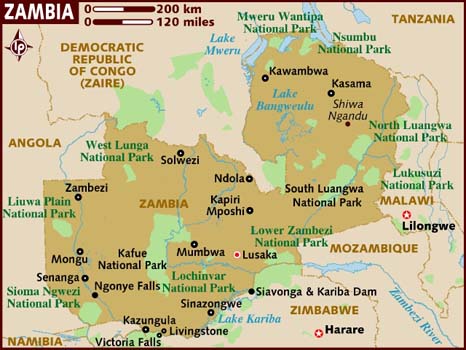
|
The
original peoples to the area were indigenous hunter gatherers. They
would be displaced or absorbed by migrating tribes around the first
century CE. Waves of Bantu speaking migrants came to the area starting
in the 15th century. They came primarily from the Luba and Lunda tribes
of southern Zaire and northern Angola but were joined in the 19th
century by Ngoni peoples from the south. By the latter part of that
century, the various peoples of Zambia were largely established in the
areas they currently occupy. Except for an occasional Portuguese
explorer, the area remained untouched by Europeans until David
Livingstone explored the area in 1855. He was the first European to see
the falls on the Zambezi River, which he named Victoria Falls after
Queen
Victoria. In 1888, Cecil Rhodes, obtained a
mineral rights concession from local chiefs. In the same year, Northern
and Southern Rhodesia (now Zambia and Zimbabwe) were proclaimed a
British sphere of influence. Southern Rhodesia was annexed formally and
granted self-government in 1923, and the administration of Northern
Rhodesia was transferred to the British colonial office in 1924. In 1953, both Rhodesia's were
joined with Malawi to form the Federation of Rhodesia and Nyasaland.
Northern Rhodesia was the center of much of the turmoil and crisis that
characterized the federation in its last years. At the core of the
controversy were insistent African demands for greater participation in
government and European fears of losing political control. A two stage election held in
October and December 1962 resulted in an African majority in the
legislative council and an uneasy coalition between the two African
nationalist parties. The council passed resolutions calling for
Northern Rhodesia's secession from the federation and demanding full
internal self-government under a new constitution and a new national
assembly based on a broader, more democratic franchise. On December 31,
1963, the federation was dissolved, and Northern Rhodesia became the
Republic of Zambia on October 24, 1964. Southern Rhodesia's
white ruled government unilaterally declared independence in 1965.
Zambia's sympathies lay with forces opposing colonial or white
dominated rule, in Southern Rhodesia and South Africa. By
the late 1970s, Mozambique and Angola had attained independence from
Portugal. Zimbabwe achieved independence in accordance with the 1979
Lancaster House agreement, but Zambia's problems were not solved. Civil
war in the former Portuguese colonies generated refugees and caused
continuing transportation problems. The Benguela Railroad, which
extended west through Angola, was essentially closed to traffic from
Zambia by the late 1970s. Zambia's strong support for the ANC, which
had its external headquarters in Lusaka, created security problems as
South Africa raided ANC targets in Zambia. By the early 1990's South
Africa had become a republic and Mozambique's war would end. This
helped Zambia attract tourist and has helped the country recover from
staggering deficits. |
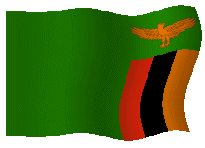
|


